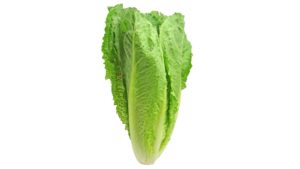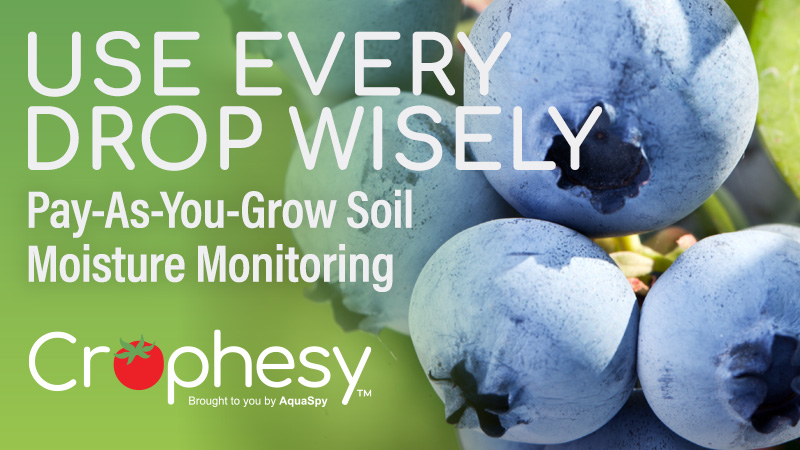How Consumers Are Reacting to E. coli Outbreak
 The slowly expanding E. coli O157: H7 outbreak, stemming from Yuma-grown romaine, has kept the story on front pages for several weeks. Restaurants and grocery stores are reacting in two main ways: posting assurances that all romaine sold in the store is not from Yuma or taking romaine off their shelves altogether.
The slowly expanding E. coli O157: H7 outbreak, stemming from Yuma-grown romaine, has kept the story on front pages for several weeks. Restaurants and grocery stores are reacting in two main ways: posting assurances that all romaine sold in the store is not from Yuma or taking romaine off their shelves altogether.
Now a California citizen has died as a result of the outbreak. A natural concern has spurred reporters to dig into what causes outbreaks and to make suggestions on how to ensure it doesn’t happen again. Naturally, some suggestions are stronger than others. Here’s a brief review of what’s being discussed:
A call for new technology. Forbes takes a look at how past recalls and outbreaks have ruined businesses and growing operations. It calls for more protected agriculture to help curb opportunities for infection. Acknowledging that vertical farming is expensive and years from being a common growing method, Forbes pushes IBM’s new blockchain technology.
Reject All Romaine. Consumer Reports, which called for consumers to dump romaine during the first E. coli outbreak of the 2017-18 growing season, again warns its readers to avoid all romaine, not just the Yuma-sourced.
Identifying one of the Yuma Farms. The New York Times identifies the farm that grew the whole head romaine that sickened prisoners at a correctional facility in Alaska: Harrison Farms. It also explains that investigating E. coli contamination is difficult, due to the time lapse between lettuce being shipped and when an illness is reported.
How DNA may help in the E. coli hunt. Chicago Tribune takes a look at how DNA techniques previously used to trace sources of listeria outbreaks will now be used for E. coli and salmonella.
Explaining how food safety works. A Phoenix-based paper, AZ Central, gives consumers a fair depiction of how food safety protocols work and how current rules came to be. It also points out that the system is not foolproof, as a few different outbreaks have been traced back to certified operations.
Raw food will always carry a risk. The Washington Post asks the question: “Why E. coli Keeps Getting into Our Lettuce?” It explains that raw foods do not go through a kill step, so pathogens can survive postharvest procedures designed to keep food safe.
Within the industry, Food Safety News ran an editorial calling for the return of Microbiological Data Program (MDP).
“The MDP only cost taxpayers about $5 million. The New York Times called it ‘a tiny program that matters.’ But the produce industry hated the MDP, and it apparently had a significant hand in killing it,” says Editor-in-Chief Dan Flynn. “The MDP murder remains unsolved. Big produce did not like it because the testing occurred as fruits and vegetables were being picked and shipped. A positive MDP test could throw a wrench in the salad bowl. MDP did not have ‘predictive value,’ according to the rap on it. But MDP scored for consumers. It caught a rare strain of hepatitis A, preventing its entry into the U.S. from the Middle East and North Africa; and it kept a nasty parasite in Mexico from crossing into the U.S.”









